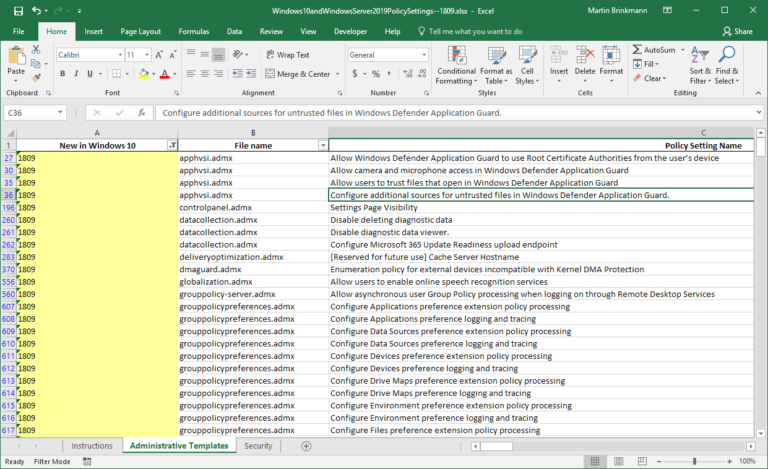
While other tools may bar some permissions based on team members’ titles or managerial levels, there are no such restrictions with spreadsheets (unless you purposefully restrict permissions).ĭo note that this is only true for online tools such as Google Sheets. Spreadsheets can be freely edited by anyone on the team, so there’s an automatic increase in collaboration. But no tool provides the same amount of visibility as a spreadsheet. For instance, Trello allows teams to manage projects in one interface. Most business tools these days provide some collaboration features. Spreadsheets can be more collaborative than other tools. So if you do want to use spreadsheets for business, it’s important that at least one of your team members knows how to customize a spreadsheet to streamline a business process. You’re not even sure where to begin unless there’s a spreadsheet template available for what you want to do. You can create any type of document with a spreadsheet, even a calendar.īecause they’re so customizable, they can also be intimidating to use. Spreadsheets are highly customizable, specially if you know how to use its multitude of formulas and functions. This makes spreadsheets an accessible option for teams that are scaling fast and don’t have time to train new employees to use complicated software. Outside of building complicated formulas, recording information in spreadsheets is fairly intuitive and does not require intensive training to get the hang of. Whether you’ve used a spreadsheet to manage your personal finances, or have spent countless hours building pivot tables for previous roles, chances are you’ve had some hands-on experience using spreadsheets. Whether your company uses Microsoft Excel or runs on Google Workspace’s Google Sheets, most people with an internet connection can access a spreadsheet.




 0 kommentar(er)
0 kommentar(er)
